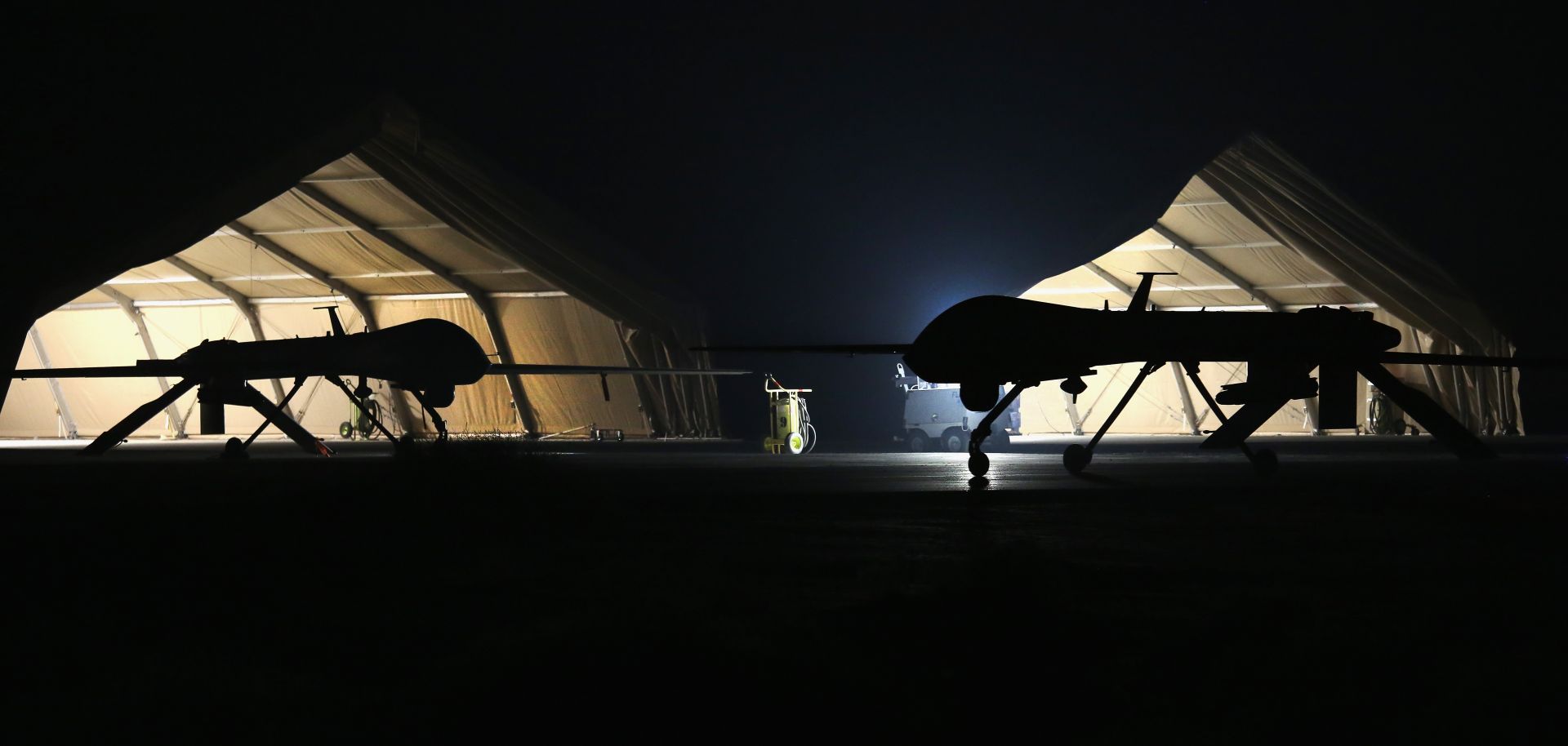COLUMNS
Sensor Proliferation Is Changing How We Wage War
Apr 11, 2019 | 05:00 GMT

A U.S. Air Force MQ-1B Predator unmanned aerial vehicle returns from a mission to an air base in the Persian Gulf region on Jan. 7, 2016. Rapid technological advances across multiple fields have vastly expanded military sensor capabilities in recent years.
(John Moore/Getty Images)
Highlights
- The proliferation of sensors in warfare, and the ability to combine their output into an unprecedented level of situational awareness, will allow for increased clarity in war.
- For sensor proliferation to translate into actual situational awareness, incredible challenges in supporting functions such as network bandwidth and artificial intelligence processing will need to be overcome.
- As the ability to deploy sensors and combine their information increases, so will efforts to disrupt this capability, most likely through the denial of networking and processing capacity by means of electronic warfare and cyber warfare.
- Increased capabilities from sensor technology will not alter the nature of warfare at its core, but it will further widen the gap between highly technologically advanced military powers and less developed military forces.
Subscribe Now
SubscribeAlready have an account?
